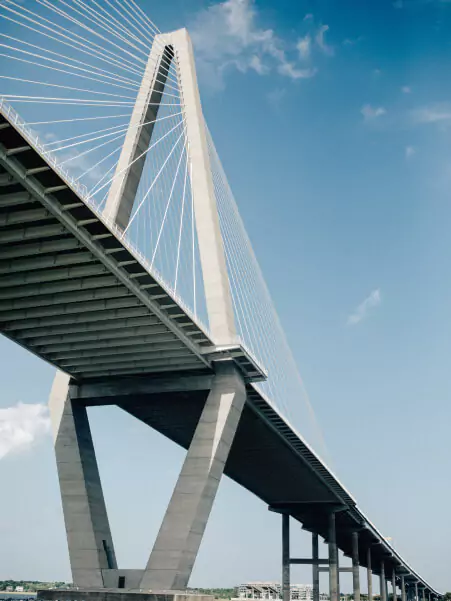Radiographic Interpretation
Expert Review & Laboratory-Based Radiographic Testing for Infrastructure Certification:
Radiographic Testing (RT) remains one of the most effective nondestructive methods for detecting internal discontinuities in welded joints, castings, and fabricated components. While AEIS does not perform field radiography directly, we play a critical role in infrastructure QA by reviewing radiographic images produced by RT subcontractors and offering in-laboratory RT services for Procedure Qualification Records (PQRs), Welder Performance Qualifications (WPQs), and Welding Procedure Specifications (WPS).
Our Level II and Level III personnel provide authoritative interpretation of radiographs for code compliance, engineering acceptance, and final certification across major infrastructure projects in the NY Metro area.
Radiographic Testing Methods
- Conventional Radiography (Film-Based)
- Utilizes radiation-sensitive films to capture internal images. While traditional, this method provides high-resolution analog records ideal for archiving weld qualifications and procedure trials. Limitations include single-use film and slower processing time.
- Computed Radiography (CR)
- Uses reusable imaging plates coated with photostimulable phosphors, scanned by a laser to create a digital image. CR improves workflow speed and allows for electronic archival and image sharing without compromising quality.
- Digital Radiography (DR)
- Employs digital detectors to instantly capture and display radiographic images. AEIS supports clients with consulting, interpretation, and certification reviews of DR files. While not yet universally adopted, DR offers significant advantages in image manipulation, speed, and record traceability.
Let us handle the radiographic oversight and qualification testing while you focus on project execution. Our experience with RT-based QA across DOT, bridge authority, and federal infrastructure clients ensures confidence and compliance at every step.














